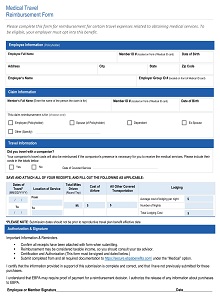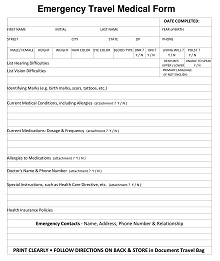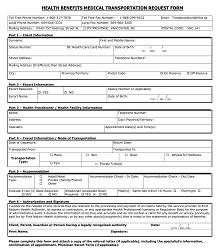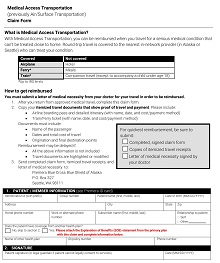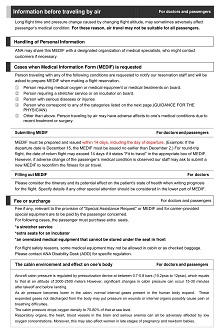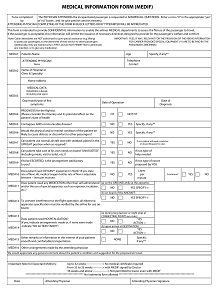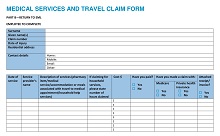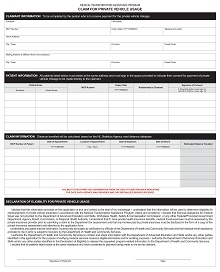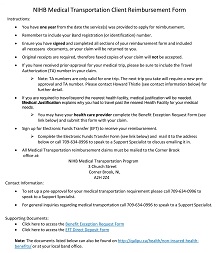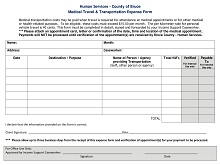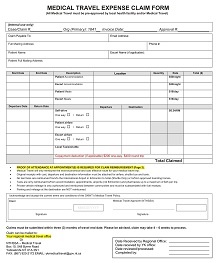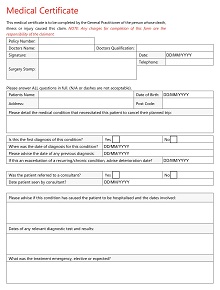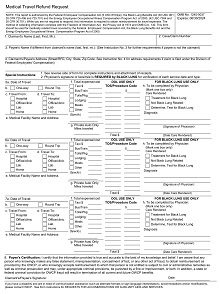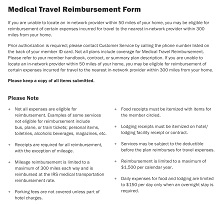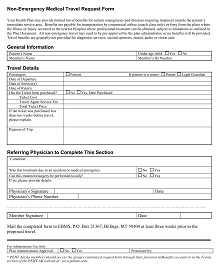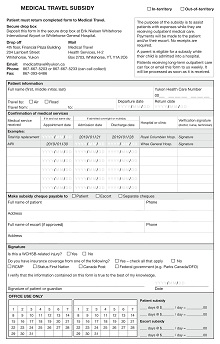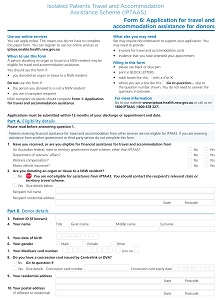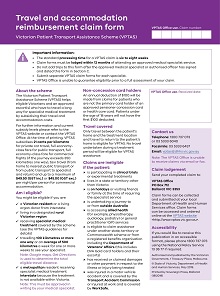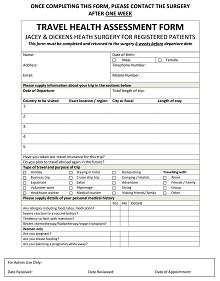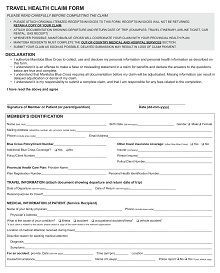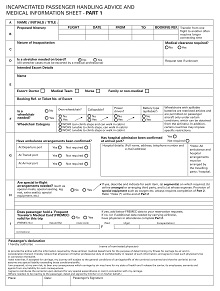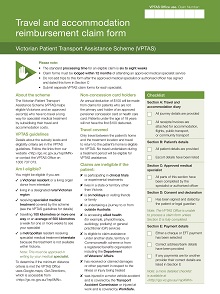32+ Free Medical Travel Form Templates (PDF, MS Word)
A medical travel form template can help simplify requesting permission to travel with a medical condition. This handy tool helps doctors, nurses, and other medical professionals quickly communicate with airlines and provide needed details. It also contains suggestions on properly transporting medicines, oxygen supplies, and other necessary items to make the journey comfortable and safe.
With a medical travel form, travelers will have peace of mind in knowing that their health needs are met even when away from home. So, the next time you plan on taking a long trip, consider using it for added convenience.
Download Free Medical Travel Form Templates
What is a Medical Travel Form?
A Medical Travel Form is a tool used to track the vaccinations, medications, and other health information that is necessary for individuals traveling internationally. This form is a document used by healthcare providers and government institutions to establish if travelers have the proper immunizations or if additional medical care may be needed. It is also used to prevent the potential spread of disease in foreign countries.
This form should also include an individual’s current medical history and contact information, as it can help ensure adequate care abroad. With this document, travelers can rest assured they are taking all the necessary steps to stay as healthy as possible while traveling.
Types of Medical Travel Forms
When you’re planning on traveling while managing a health condition, you may need to fill out some specialized forms from your doctor or healthcare provider. These forms can help ensure you have the necessary medication and access to treatment in an emergency. Here are some different types of medical travel forms.
Travel Consent Form
When traveling with someone else, such as a parent or guardian, they may need to sign a consent form that permits you to receive medical care while away from home. This form is usually provided by the doctor or healthcare provider treating you, and both parties must sign it before your trip. It’s important to ensure that this form is filled out correctly so that potential medical issues can be addressed quickly and easily.
Medical History Form
A medical history form details your health condition and any medications or treatments you are currently taking. This form should include information about any allergies or adverse reactions you have had in the past and any pre-existing conditions. It’s important to fill out this form accurately so that doctors can provide appropriate care during your travels.
Medical Treatment Authorization Form
If there is a chance that you will require medical care during your travels, it’s wise to get a medical treatment authorization form from your doctor or healthcare provider beforehand. This document will authorize a designated person (such as a parent or guardian) to make decisions about your care if necessary while away from home. It’s important to ensure that all information included on the form is accurate so that no delays occur when it is time for treatment.
Reasons for Using a Medical Travel Form
Medical travel forms are invaluable for ensuring important medical information travels with you, whether for a vacation or a business trip. Not only do medical travel forms allow you to include both regular and emergency information, such as your medication list, allergies, and blood type, but they can also be used to provide specific details like the name of your doctor or current medical condition.
Keeping a travel form easily accessible during long trips could make all the difference if a medical emergency should arise. Additionally, having this vital information organized in one place can give hospitals new or out-of-network doctors quick access to your important medical history. So take the time to create a medical travel form, and rest assured that your health is protected when you’re away from home.
How to Create a Medical Travel Form Template
Creating a medical travel form template for your practice can help streamline preparing for long-distance travel. It is important to ensure the safety and well-being of your staff and patients abroad, which requires careful planning and preparation. By designing a custom medical travel form template, you can ensure all necessary information is included, and nothing is overlooked.
Questionnaire Questions
When creating a medical travel form template, including questions leading to accurate patient profiles is important. Questions should include health history, current medications, allergies, dietary needs, mobility issues, etc. Having this information handy will help you determine if any additional precautions need to be taken when traveling with patients or staff who may have special requirements or restrictions. Additionally, you can use this data to create an itinerary tailored specifically to each individual’s needs.
Emergency Preparedness
It is also important to include emergency preparedness in your medical travel form. This includes items such as contact information of local healthcare providers at the destination country or city (if available), emergency evacuation procedures in case of natural disaster or illness while abroad, insurance coverage details, etc. Ensuring all these elements are included in the form will help ensure everyone is prepared for any situation during their travels.
Medical Supplies Checklist
Last but certainly not least is your medical supplies checklist. Your checklist should include prescription medications and other essential supplies needed for treatment or care while abroad. Including this list in your form template ensures that all necessary supplies are accounted for before departure so there are no surprises at the last minute. You can also reference lists from different specialty organizations or guidelines from governing bodies such as WHO or CDC when creating your checklist to ensure that everything has been covered properly.

